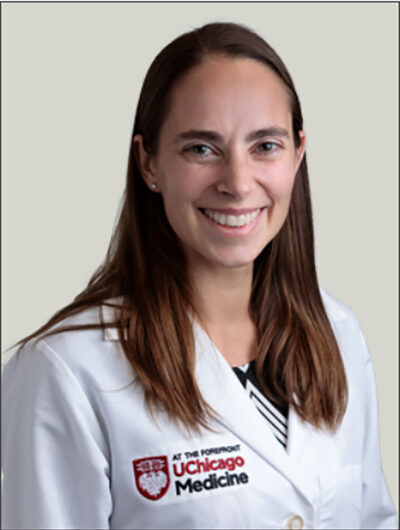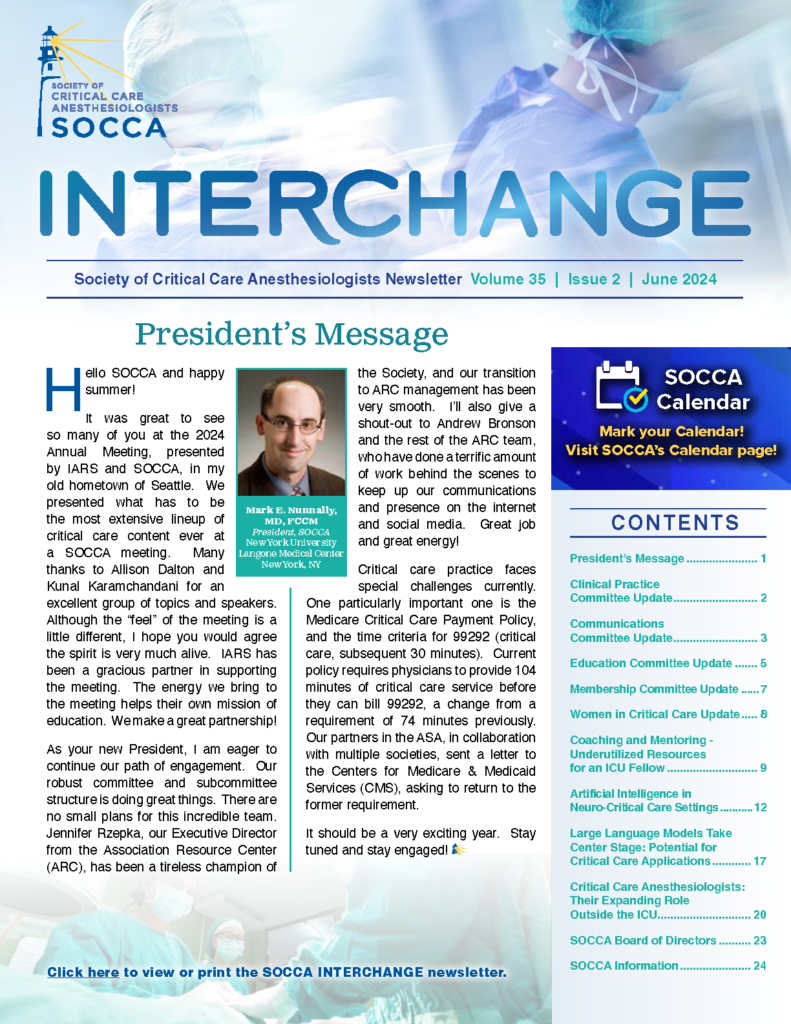Enhancing Critical Care Education
Even prior to curricular changes necessitated by the COVID-19 pandemic, adult medical education had been evolving from a primarily in-person lecture-based structure to a more interactive and reflective approach to learning.
While described prior to 2007, the modern theory of the flipped classroom is attributed to Bergmann and Sam1 and involves exposing learners to new concepts prior to in class meetings. Pre-class learning commonly employs preassigned reading assignments, online video lectures or e-learning. The flipped classroom approach has particular advantages in a critical care environment where it may be difficult to facilitate dedicated education time for a full team due to the clinical demands and 24-hour scheduling. E-learning can facilitate asynchronous conceptual learning so that synchronous instruction can focus on interactive application of knowledge. Learning management systems (LMS) provide online educational resources but may be highly variable in content and structure. Anesthesia Toolbox, a highly specialized LMS, contains a collection of online peer-reviewed resources for both pre-classroom and in-class learning including e-learning modules, online lectures, problem-based learning discussions (PBLDs), simulation scripts, an image library, and tools to provide assessment of knowledge.2
In the flipped classroom model, in person instruction usually forgoes the typical lecture format in favor of group discussion or other interactive methods including case-based learning, peer teaching, audience response systems, PBLDs, and mock oral boards. The flipped classroom approach in critical care education is effective in improving knowledge and learner confidence and offers improved flexibility and individualization, focuses on application of knowledge as opposed to acquisition of knowledge, and provides a mechanism to assess understanding and provide feedback.3
Another method of assessing applied knowledge and providing feedback that has become increasingly sophisticated is simulation. The importance of simulated experiences to enhance training and knowledge has become increasingly valuable and the Accreditation Council for Graduate Medical Education (ACGME) now requires trainee participation in simulation for many specialties and subspecialties.4,5 In critical care, simulation has been utilized for procedural training (i.e. vascular access, echocardiography), communication skill building, and patient safety and quality improvement.6 Additionally, simulation can facilitate multidisciplinary training and can improve teamwork and communication in the ICU. An important part of simulation training includes group debriefs that evaluate the learner’s procedural technique or management of the critical event and can provide feedback to the learner in order to enhance future practice. Recorded patient care events are another way to assess performance and allow for reflective learning. Gold and colleagues created a database of recorded critical events (i.e. cardiac arrests, endotracheal intubation, ECMO cannulation) using a pre-existing telemedicine system in the SICU and trauma ICUs at a single quaternary care center.7 Through the retrospective evaluation of critical events, the group identified multiple areas of improvement and developed quality improvement projects to enrich patient care.
The incorporation of virtual environments into learning can enhance educational experiences in critical care. While virtual reality (VR) provides a completely computerized setting, augmented reality (AR) integrates virtual information into the clinical environment. Head mounted devices or displays (i.e. Google Glass) can overlay vital signs, procedural checklists or anatomic landmarks during procedures in the ICU.8 Using AR, trainees have improved efficacy and described improved confidence in procedural skills.9
Adult medical learning is progressing from passive acquisition of knowledge to a hybrid method that highlights the use of interactive media and dynamic group discussion to further enhance the learning process. Simulation, video review and virtual/augmented reality programs that incorporate feedback have allowed for enhanced critical care learning, and future opportunities for novel uses of these techniques, in isolation or in combination, could further enrich critical care education.
- Bergmann J, Sams A. Flip your classroom. Reach every student in every class every day. International society for technology in education; 2012.
- Woodworth G, Juve AM, Swide CE, et al. An innovative approach to avoid reinventing the wheel: the anesthesia education toolbox. J Grad Med Educ. 2015; 7(2):270-1.
- Tainter CR, Wong NL, Cudemus-Deseda GA, et al. The “flipped classroom” model for teaching in the intensive care unit: rational, practical considerations, and an example of successful implementation. J Intensive Care Med 2017; 32(3):187-196.
- ACGME Program Requirements for Graduate Medical Education in Anesthesiology. https://www.acgme.org/globalassets/pfassets/programrequirements/040_anesthesiology_2021.pdf. Accessed June 8, 2022.
- ACGME Program Requirements for Graduate Medical Education in Critical Care Medicine. https://www.acgme.org/globalassets/pfassets/programrequirements/142_criticalcaremedicine_2021.pdf. Accessed June 8, 2022.
- ACGME Program Requirements for Graduate Medical Education in Anesthesiology Critical Care Medicine. https://www.acgme.org/globalassets/pfassets/programrequirements/045_anesthesiologycriticalcare_2021.pdf. Accessed June 8, 2022.
- Gold AK, Huffenberger A, Lane-Fall M, et al. Leveraging telemedicine for quality improvement video review of critical ICU events: a novel multidisciplinary form of education. Crit Care Explorations 2021; 3(9):1-7.
- Privorotskiy A, Garcia VA, Babbitt LE, et al. Augmented reality in anesthesia, pain medicine and critical care: a narrative review. J of Clinical Monitoring and Computing 2022; 36:33-39.
- Rochlan LR, Levine R, Tait AR. First person point of view augmented reality for central line insertion training: A usability and feasibility study. Simulation in healthcare: Journal of the Society for Simulation in Healthcare. 2017;12(1):57-62.




































